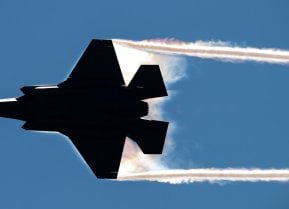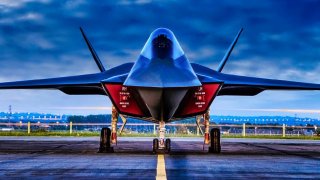Forget NGAD: Will Europe’s FCAS Be the Best 6th-Generation Warplane?
The Future Combat Air System (FCAS) is an ambitious project led by France, Germany, and Spain, aimed at creating a European sixth-generation warplane to enhance air warfare capabilities.
Summary and Key Points: The Future Combat Air System (FCAS) is an ambitious project led by France, Germany, and Spain, aimed at creating a European sixth-generation warplane to enhance air warfare capabilities.
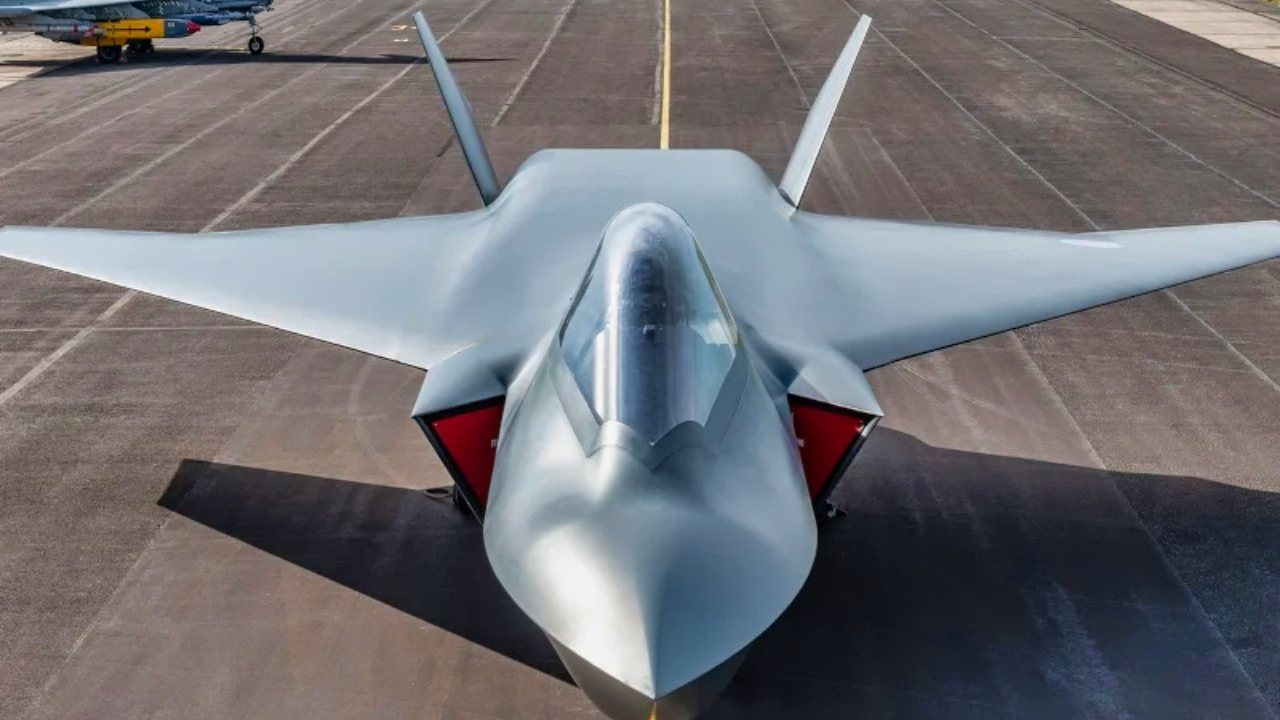
-The FCAS integrates manned jets and unmanned systems to achieve air superiority, featuring advanced computing combat clouds for real-time data sharing and AI-enhanced decision-making.
-This collaborative effort represents a significant step in European defense cooperation, aiming to reduce reliance on the U.S. amid growing geopolitical challenges.
-While there are concerns about the cost and unproven technologies, the FCAS could set a new standard in defense collaboration and innovation.
Europe's Future Combat Air System: A New Era in Air Warfare
The Future Combat Air System (FCAS) is an ambitious European project that aims to revolutionize air warfare. It is a big part of Europe’s effort to keep up with the powers like the United States, China, and Russia, who are all reportedly investing in the next generation of warplanes.
France, Germany, and Spain lead the European push for a European sixth-generation warbird. It couldn’t come at a better time, because the Europeans have frankly relied far too much on American largesse to protect them from Russia.
With the United States entering a debt crisis and its politicians increasingly uninterested in European affairs, it’s about time that Europe takes its collective defense more seriously.
Of course, it is likely too little, too late. Still, it’s nice to see Europe try to take over a task it has long deferred to America: defending Europe from external threats.
Some Interesting Specs for FCAS
According to its proponents, the FCAS will allow for seamless collaboration among assets such as next-generation manned jets and unmanned, remotely piloted carriers, in an effort to achieve air superiority. Indeed, the integration of manned and unmanned aerial systems is a hallmark of the sixth-generation warplane. This is a key element of America’s ill-advised sixth-generation warplane project, as well.
The unmanned assets will perform a variety of critical tasks that will be key for keeping the Next-Generation Fighter, the manned vehicle at the core of the FCAS, in the fight longer. These unmanned systems will be networked to the manned fighter and will perform a variety of important tasks.
Everything from reconnaissance, surveillance, and even combat missions are relegated to the proposed unmanned systems. In theory, this would allow for the manned aircraft at the center of the mixed formation to focus on more complex and demanding tasks.
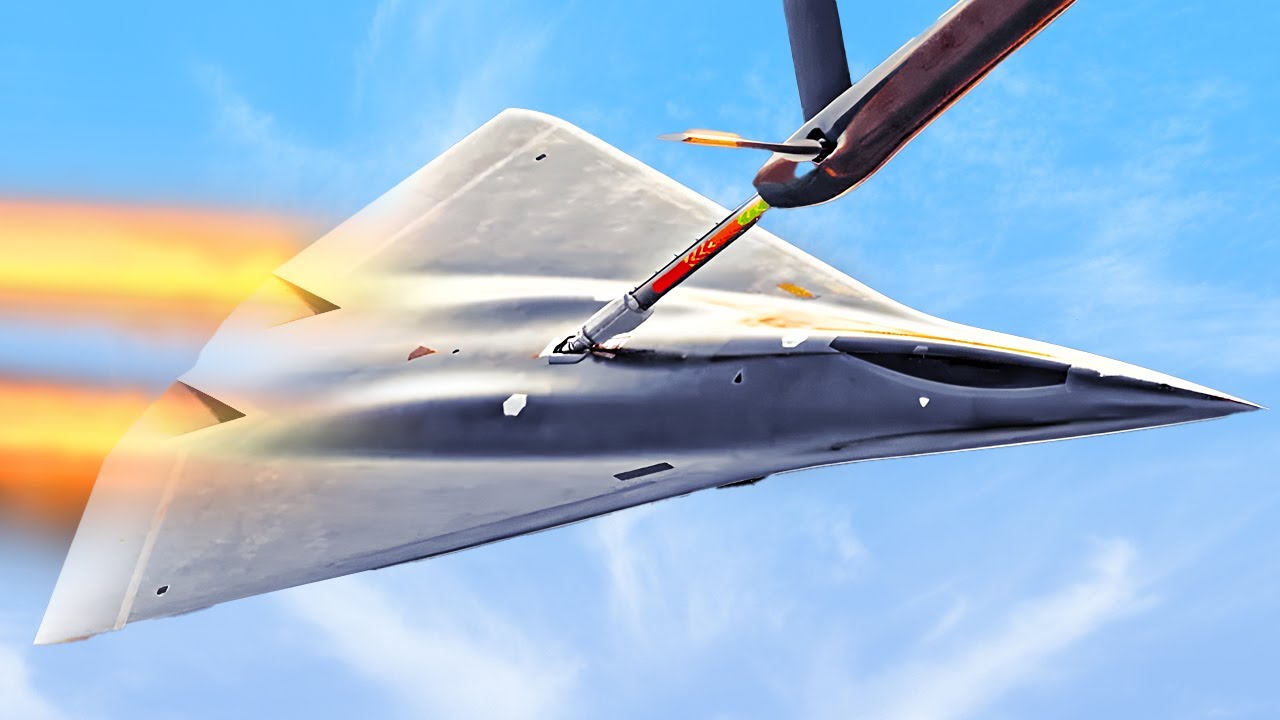
In the Pentagon’s parlance, it’s akin to having a loyal wingman covering your six at all times.
One of the key features of the FCAS is its advanced computing combat cloud. This network would enable real-time data-sharing and collaboration among the various platforms in the FCAS swarm. Pilots would be presented with a comprehensive picture of the battlefield, allowing them to make more informed decisions and respond to threats more effectively.
The combat cloud would further incorporate artificial intelligence and machine learning technologies to enhance decision-making and automate certain tasks, reducing the cognitive load on human operators.
This is the part of the infomercial in which Billy Mays descends from his heavenly perch and belches out, “But wait, there’s more!”
Flexibility & Adaptation: Keys to Modern Warfare
The FCAS aims to deploy its integrated manned and unmanned systems to respond to a wide range of threats, from conventional warfare to cyberattacks and electronic warfare.
The program’s most significant output is the forward step in European defense cooperation that it represents. By pooling their resources and expertise, France, Germany, and Spain hope to develop a system that would be hard for any single nation to achieve on its own.
This collaborative approach strengthens bonds between these countries, and serves as a model for future defense initiatives.
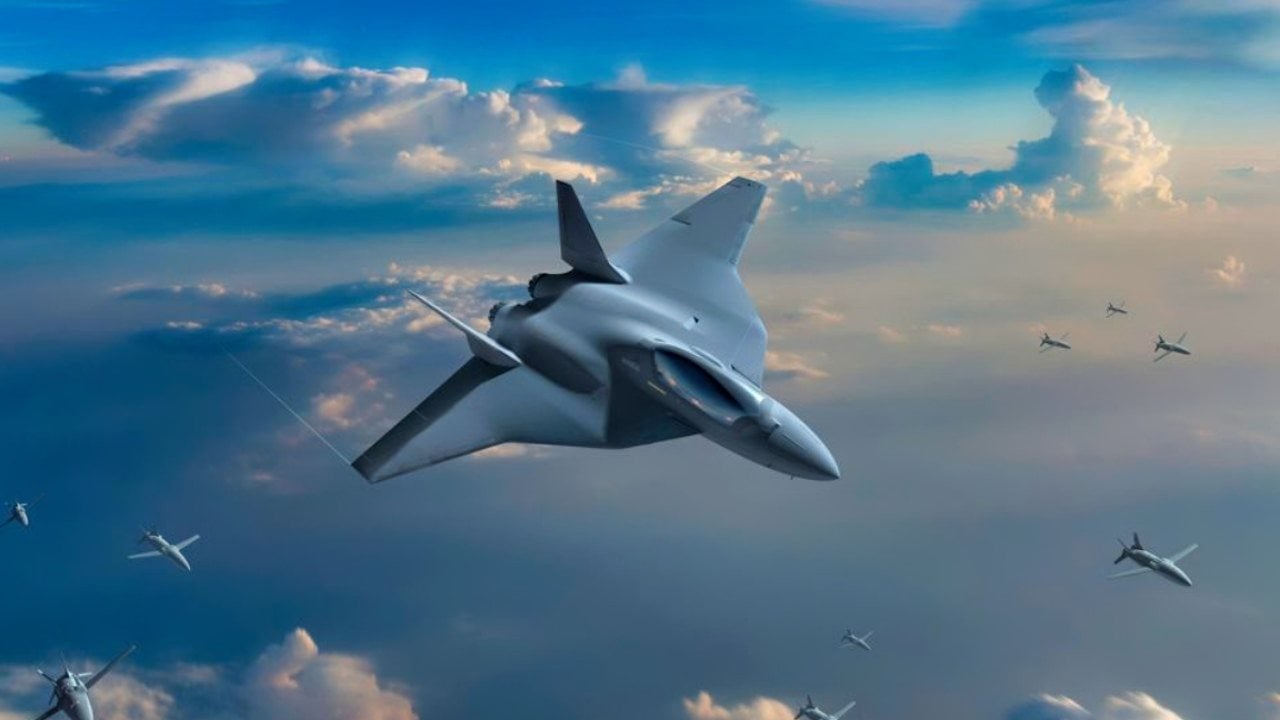
As for its potential to field the best sixth-generation warplane, the FCAS has a strong case. The United States, Japan, and the United Kingdom (with help from Italy), all have their own sixth-generation warplane programs. But the FCAS stands out for its comprehensive approach to integrating many different nations for burden-sharing.
However, many of the technologies going into the sixth-generation warplane are unproven. Given the way so many modern combat systems have panned out, it is likely that the cost will outstrip the performance of these craft.
Further, such an integrated plane, regardless of its cyber defenses, will be vulnerable both to cyberattack and electronic interference.
The Euros Do Need a New Warplane
The Europeans, unlike the Americans, do need to upgrade their warplane fleet. And burden-sharing among multiple nations just might lead to a sixth-generation plane worth the cost.
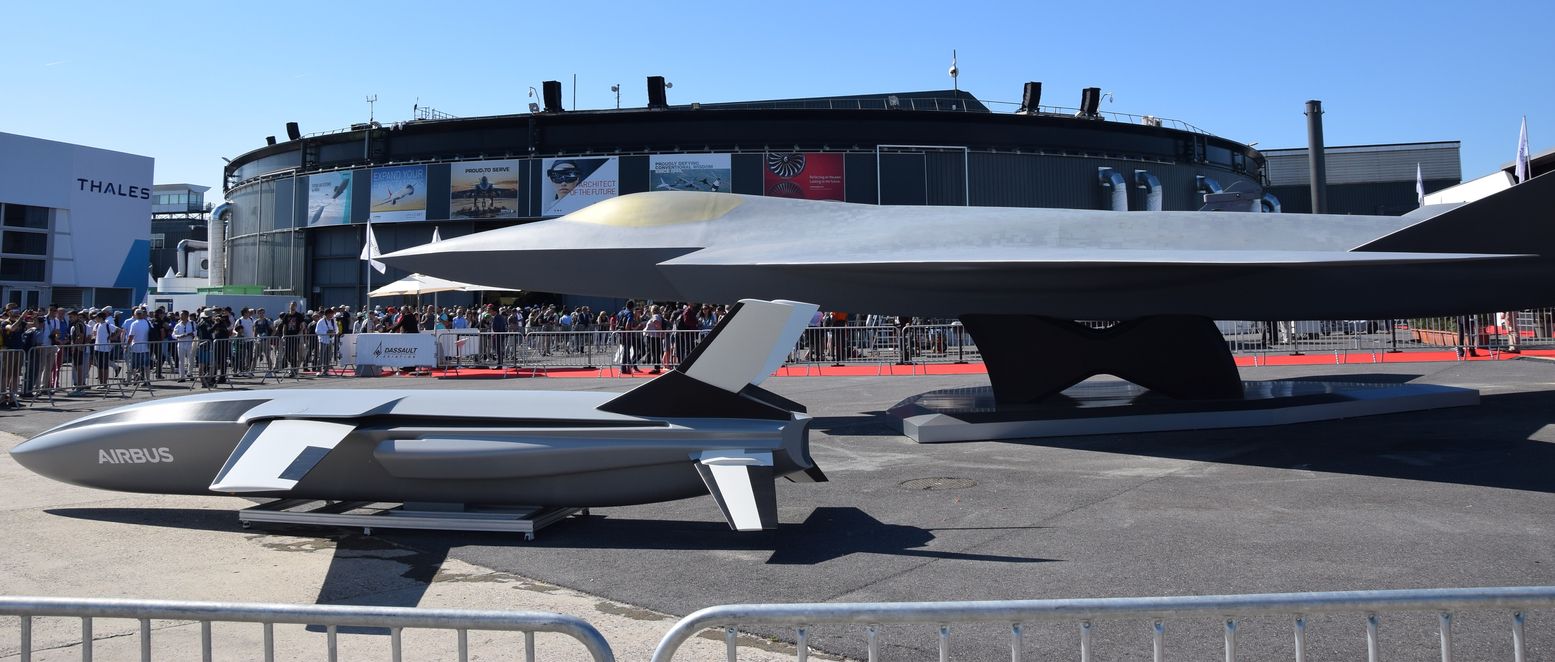
In general, however, the obsession with building a sixth-generation warplane is borne less out of strategic needs and more out of the ambitions of defense contractors. A better focus would be on space-based weapons systems, drones, and hypersonic vehicles.
Still, Europe’s FCAS might end up being the best of all the potential sixth-generation planes, if only for the fact that three major economies in Europe are behind it.
About the Author:
Brandon J. Weichert, a National Interest national security analyst, is a former Congressional staffer and geopolitical analyst who is a contributor at The Washington Times, the Asia Times, and The-Pipeline.
All images are Creative Commons. Images are of various 6th generation fighter projects including FCAS.
